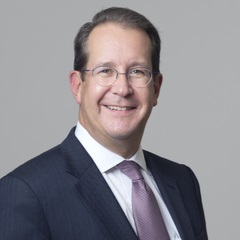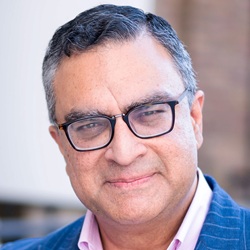
Bogart: Judgement and experience come first
Burford Capital, the world’s largest litigation funder, is using astrophysicists to help cut its loss rate from double figures to 8%, the company’s chief executive has revealed.
Chris Bogart also said technology was changing the legal services market and enabling boutique litigation firms to handle high-value, complex litigation.
Mr Bogart said: “What we’ve developed over the last half dozen years is a real data science function, where we are investing in people and systems to capture and analyse data and apply it as a core element of our process.
“I have astrophysicists who do very complex modelling.”
Mr Burford said data scientists could take the company’s data over the 15 years since it was launched, combine it with “a lot of public data” and use it as a meaningful input.
“It has worked in that our loss rate has declined. Right now, in cases that go to adjudication, our loss rate is 8%.”
He added that his aim was to get the loss rate down further. “Every point I can take off the loss rate is worth a lot of money to me, because when I lose money, I lose all the money and I have to make it up before I turn profitable again.”
Speaking to John B Quinn, managing partner of US-based litigation specialists Quinn Emanuel Urquart & Sullivan, on Mr Quinn’s Law, disrupted podcast, Mr Bogart said there was “a lot of hype” about artificial intelligence (AI), but there was “relatively little pure AI” in the world of “large-dollar, complex” litigation.
He said Burford was “nowhere near” a point where it could take 25 Quinn Emanuel cases, put them through various models and “just rely on that” to say which cases should be funded.
Instead, Burford used technology and data science to “increase our edge”. For example, if the company was going to take on a complex anti-trust claim, it would “work out what a rational range of settlements would be” for that.
Mr Bogart said the more data that could be brought to bear, the more Burford could engage in “hard-floor data analytics” and “meaningful simulation modelling”.
He went on: “Nothing is being subtracted from the analysis that we would historically do.
“We are trying to ensure that each point on the way is sharper. Instead of just having lawyers’ instincts and judgements to rely on, we are saying: ‘Let’s test all of the outputs against something very data-driven’.”
Mr Bogart said that, sometimes, the data science was rejected. “This may be what the modelling shows us, but it just does not make sense.
“We’re not anywhere close to having a world where we’re going to let AI and data science overrule judgement and experience, but the technology can help inform that judgement and experience.”
Mr Bogart added that technology was changing the legal services market, with an increase in the number of boutique litigation law firms.
“The reason these firms can take on large-dollar complex litigation is because of technology. In the old days you couldn’t do that.”
















Leave a Comment